
The Smashing Idea Book:
From Inspiration to Application Cameron Chapman

This edition first published 2011 2011 Wiley and Sons Registered office
John Wiley & Sons Ltd, The Atrium, Southern Gate, Chichester, West Sussex, PO19 8SQ, United Kingdom For details of our global editorial offices, for customer services and for information about how to apply for permission to reuse the copyright material in this book please see our website at www.wiley.com. The right of the author to be identified as the author of this work has been asserted in accordance with the Copyright, Designs and Patents Act 1988. All rights reserved. No part of this publication may be reproduced, stored in a retrieval system, or transmitted, in any form or by any means, electronic, mechanical, photocopying, recording or otherwise, except as permitted by the UK Copyright, Designs and Patents Act 1988, without the prior permission of the publisher. Wiley also publishes its books in a variety of electronic formats. Some content that appears in print may not be available in electronic books.
Designations used by companies to distinguish their products are often claimed as trademarks. All brand names and product names used in this book are trade names, service marks, trademarks or registered trademarks of their respective owners. The publisher is not associated with any product or vendor mentioned in this book. This publication is designed to provide accurate and authoritative information in regard to the subject matter covered. It is sold on the understanding that the publisher is not engaged in rendering professional services. If professional advice or other expert assistance is required, the services of a competent professional should be sought.
Trademarks: Wiley and the Wiley Publishing logo are trademarks or registered trademarks of John Wiley and Sons, Inc. and/ or its affiliates in the United States and/or other countries, and may not be used without written permission. All trademarks are the property of their respective owners. Wiley Publishing, Inc. is not associated with any product or vendor mentioned in the book. 978-1-119-97742-1 A catalogue record for this book is available from the British Library.
Set in 10/12 Minion Pro by Indianapolis Composition Services Printed in the United States by Krehbiel Publishers Acknowledgements Some of the people who helped bring this book to market include the following: Editorial and Production
VP Consumer and Technology Publishing Director: Michelle Leete
Associate DirectorBook Content Management: Martin Tribe
Associate Publisher: Chris Webb
Publishing Assistant: Ellie Scott
Development Editor: Kezia Endsley
Copy Editor: Kezia Endsley
Technical Editor: Alexander Charchar
Editorial Manager: Jodi Jensen
Senior Project Editor: Sara Shlaer
Editorial Assistant: Leslie Saxman Marketing
Senior Marketing Manager: Louise Breinholt
Marketing Executive: Kate Parrett Composition Services
Compositor: Erin Zeltner
Proofreader: Susan Hobbs
Indexer: Potomac Indexing, LLC About the Author Cameron Chapman is a largely self-taught designer with a formal education in interior design and a practical background in both web and print design, gained primarily while working for a national real estate magazine. She has written about design and social media for a number of leading blogs, including Smashing Magazine, Mashable, Six Revisions, and Webdesigner Depot. Cameron has been an editor at Smashing Magazine and for the Tuts+ Network. Currently, she splits her time between writing about design and actually designing, with a focus on the former in recent years. Authors Acknowledgments First, thank you to Kezia Endsley, Chris Webb, Ellie Scott, Sara Shlaer, Leslie Saxman, Alex Charchar, and everyone else at Wiley who made this book possible. Thank you to Vitaly Friedman, Sven Lennartz, and everyone else at Smashing Magazine for being fantastic people to work for and with.
Thank you to Pete Cashmore for hiring a mostly-unknown environmental blogger to write regularly for Mashable, which gave me the initial credibility to get every other blogging job Ive had. And a huge thank you to my husband and fellow designer, Mike Moffit, for getting me started with graphic and web design, and for helping me figure out coding problems whenever I get stuck, despite his insistence that hes a horrible teacher.
Preface The first website I ever designed from scratch was based on the website of a well-known luxury goods company. It was a complicated design, with lots of Flash-based accordians and slidersquite a challenge for someone who knew only the most basic HTML and almost no CSS. Too impatient to learn what I needed to in Flash, I turned to JavaScript, rollover effects, and simple animated GIFs. I still cringe at the thought of it, even though it probably wasnt as bad as I remember.
Even though the user interface of that first design was almost identical to the inspiration site, I put my own twist on it with a different layout for the sliders and my own color scheme. Ive never been one of those designers who can look at a design problem and come up with an idea for how to approach it out of thin air. I need to look at other designs and my surroundings to come up with ideas. When I got started with design, there werent as many sources of inspiration directed at designers as there are today (or if there were, I had yet to find them). So I taught myself how to look for inspiration in everything around me. Id turn to magazine layouts if I needed a new approach to a website layout.
Id look for color schemes in photographs. Id find UI ideas in electronics. I was constantly on the lookout for sources of ideas to incorporate into my designs. It became a bit of an obsession, and I used to have folders of images tucked away for later reference and inspiration. Whats Included in This Book In this book, Ill share with you how to find ideas from your surroundings. By the time you finish reading this book, youll be able to look at virtually anythingfrom the soda bottle on your desk to the design of a website you like to the architecture in your hometownand find design inspiration.
Beyond that, youll also have the basis for how to apply that inspiration to your actual work. The first part of the book will give a basis for what goes into a good design, and is meant to get everyone on the same page. For more advanced designers, it might be a bit basic, but its still a good idea to at least glance over it to make sure were using the same terminology. From there, Ill move on to cover both direct and indirect sources of ideas. Everything from websites to architecture to product packaging to photography is included. I break down how I look at some of the images included in each section, but each section has plenty of images without commentary so you can look over them and find your own ideas, without outside influence.
Its an important skill youll need to learn. No one is going to be there to tell you which ideas to use in the real world. Finally, Ive created two designs based on inspiration. The first is based on websites featured earlier in the book. The second is based on images of indirect idea sources, things like textures, photos, and artwork. I break down exactly how I use elements in each, to give you an idea of how you might incorporate your own inspiration.
Theres a bonus chapter at the end that should give you a few more ideas for how to find inspiration, based on my own process. Please note that some special symbols used in this eBook may not display properly on all eReader devices. If you have trouble determining any symbol, please call Wiley Product Technical Support at 800-762-2974. Outside of the United States, please call 317-572-3993. You can also contact Wiley Product Technical Support at www.wiley.com/techsupport. Part I: Finding Inspiration Chapter 1: Types of Inspiration There are two basic kinds of inspiration available to web designers: direct inspiration, which consists of other website designs; and abstract inspiration, which consists of everything else.

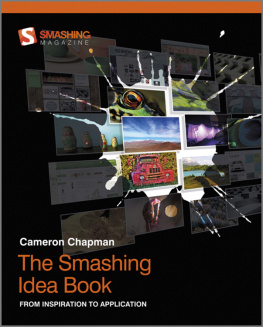
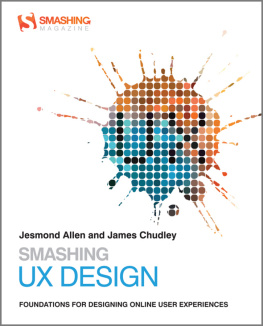


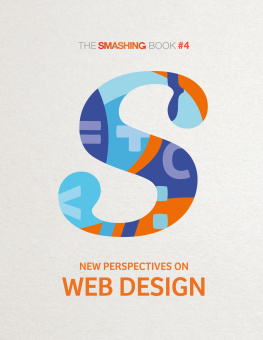
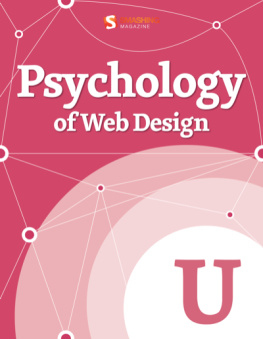
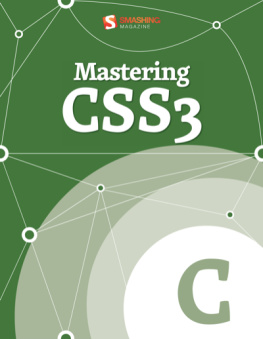
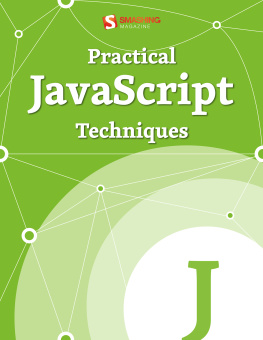

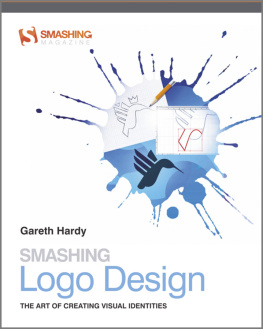
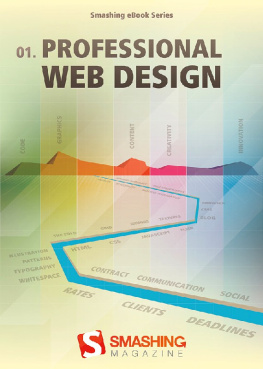
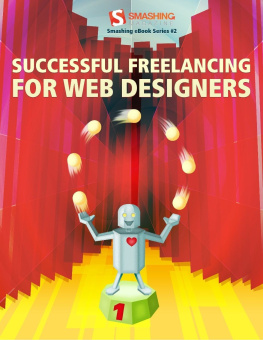
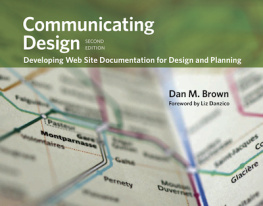

 This edition first published 2011 2011 Wiley and Sons Registered office
This edition first published 2011 2011 Wiley and Sons Registered office